[Multimedia] MSD students express themselves through varying dress styles
October 23, 2021
After an exhausting year of e-learning throughout the COVID-19 pandemic, an in-person new school year has brought more opportunities for self-expression, mainly through the avenue of fashion choices.
Students once again have the option to choose how they want to be presented in the eyes of their peers, rather than through a computer screen. From vintage to grunge, students can express themselves in various ways.
Some students even create different styles or aesthetics that help them express their authentic selves. A few rare aesthetics students categorize themselves include being furry (wearing animal related clothing), foodie (food related clothing), bubble goth (very pink and purple), and cartooncore (glimmering cartoons and fun).
By dressing uniquely students are able to show the entire school their authentic selves, which can help them find friends that are similar.
Clothing styles can portray a multitude of characteristics about a person at first glance. Just by looking at a person, preconceived opinions form regarding someone’s character. This raises the question of whether or not clothing choices of others affect the opinions of students here at MSD.
Someone’s style can be greatly affected by wealth, especially when wearing clothing from high-end designer stores such as Gucci or Louis Vuitton. When an expensive item is considered “trendy,” less financially stable people could feel as though they are not fitting in enough with the fashion fads.
“I believe that wealth can affect a person’s clothing,” freshman Blake Backman said. “People with more money will buy more expensive items which have a different look to them than to those with cheaper items.
Recent trends surfacing on social media accounts such as TikTok, Instagram and Twitter have shaped teenagers’ ideas of fashion. With recent spikes in Y2K era clothing, like low rise jeans, wide cut jeans and cropped shirts, students are trying to wear the right clothing to match the trend.
Although some fashion standards cannot be met by all students, there are always a few students finding a way to break normal standards and express themselves uniquely.
Marjory Stoneman Douglas sophomore Lucia Giraldo expresses herself through preppy trends with a more “naturistic” look, meaning she wears lots of brown and earth green tones.
Many students, like Giraldo, believe that straying away from fashion trends allows them to express individuality. Teens gain inspiration from past fashion trends that have ultimately made a comeback, much like scrunchies, flared pants and mom jeans.
Expressing individuality through clothing can be frequently seen less often as fashion trends storm through social media platforms, and majorly influence what people do or don’t wear.
Fashion trends are constantly flowing, there are always new outfit ideas being made, and always ones becoming old.
Fashion trends have changed significantly over the years. For example, thrifting, an activity previously perceived as “cheap” or “trashy,” is now something most teens partake in. Thrift stores carry unique pieces of clothing typically not found in other stores. Thrifting affects fashion trends by helping people explore past styles. Most of the thrifted clothing items are old and vintage, which can help people find their style.
However, popular stores, like Brandy Melville , limit their demographic through their one-sized marketing model. These clothing items are made without thinking about the guys and girls in the back who may not be able to fit into these items. One-sized stores restrict expression for both males and females with an unrealistic image of what a “perfect” body should look like according to objective beauty standards. The clothing from these stores are very popular and limit fashion trends from growing. Not to mention, clothing pieces from these stores are practically owned by all teens as a way to “fit in,” quite literally.
Many teenagers feel like they always are being judged walking through school each day. They feel like in order to fit in they must look the same and wear what everyone else wears.
“Sometimes I get inspiration to change things up but I feel like you get to dress your age and while doing so dress comfortably,” sophomore Victoria Wheeler said.
Although most teens depend on what is deemed to be “fashionable” for school, like before, there is always a unique group marching to their own beat.
“Clothing helps students differentiate from their peers through self expression,” sophomore Yael Weinfeld said. “Everyone has different personalities, so clothing helps students make their personalities stand out and shine.”
People often dress themselves accordingly to the vision they either see themselves as or how they wish to be portrayed. If one student saw himself or herself as a strong, confident person, they may wear more outgoing clothes to express that. On the other hand, if a student sees himself or herself as more of a timid person, they may wear what you see everyone else wearing around the school.
“I have changed my style many times,” senior Sabrina Acevedo said. “But right now I’m confident and comfortable with how I dress.”
Style changes occur often once clothing no longer suits the person or is claimed as “outdated.” This game however becomes tricky, as popular clothing brands such as Pacsun or Hollister rack up costs. The popularization of clothing items from social media platforms like TikTok or Instagram tend to be more pricey and cost more at the register.
Dress codes at school create limitations to the amount of expression a student is allowed, specifically targeting females. Dress code restricts the amount of skin shown, deeming midriff and shoulders as distracting, which most students feel is untrue and unnecessary.
“Dress code limits and restricts certain clothing we wear and although many people will disagree it is a known fact that it is biased against girls,” sophomore Nina Khalouf said.” It’s against the clothes we wear but how they fit to our bodies which are all different.”
Students can express themselves in multiple ways simply by choosing what they wear when they wake up. Overall clothing gives students an opportunity to express their emotions, creativity, and self simply by using fabrics like cloth, silk, and cotton.







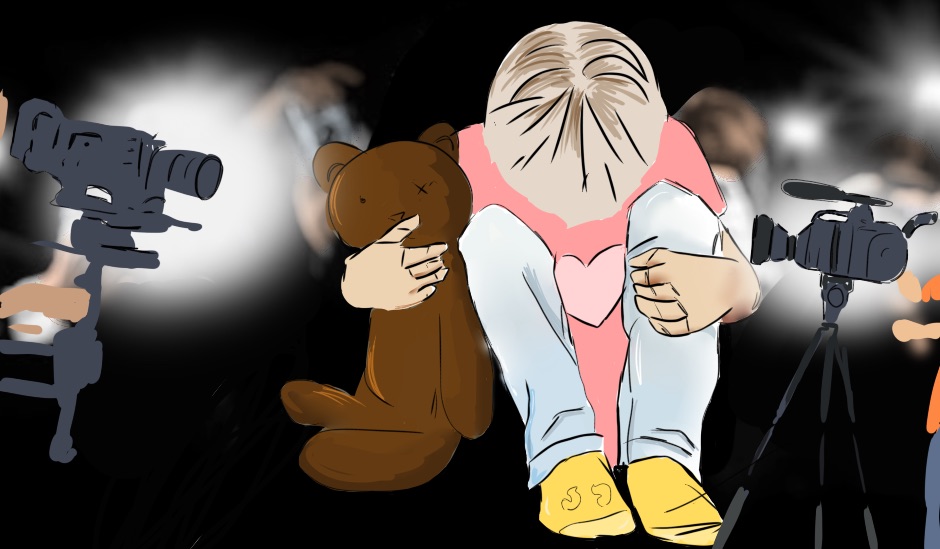

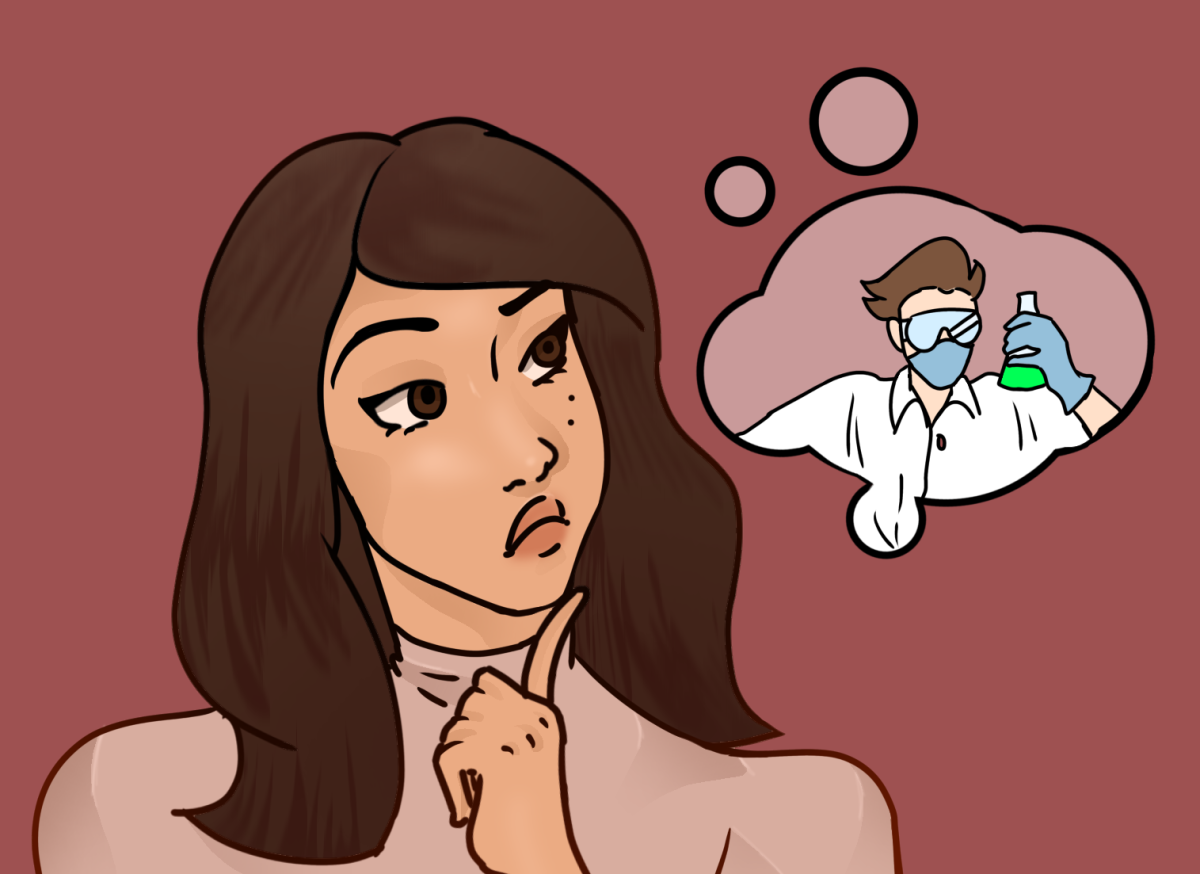

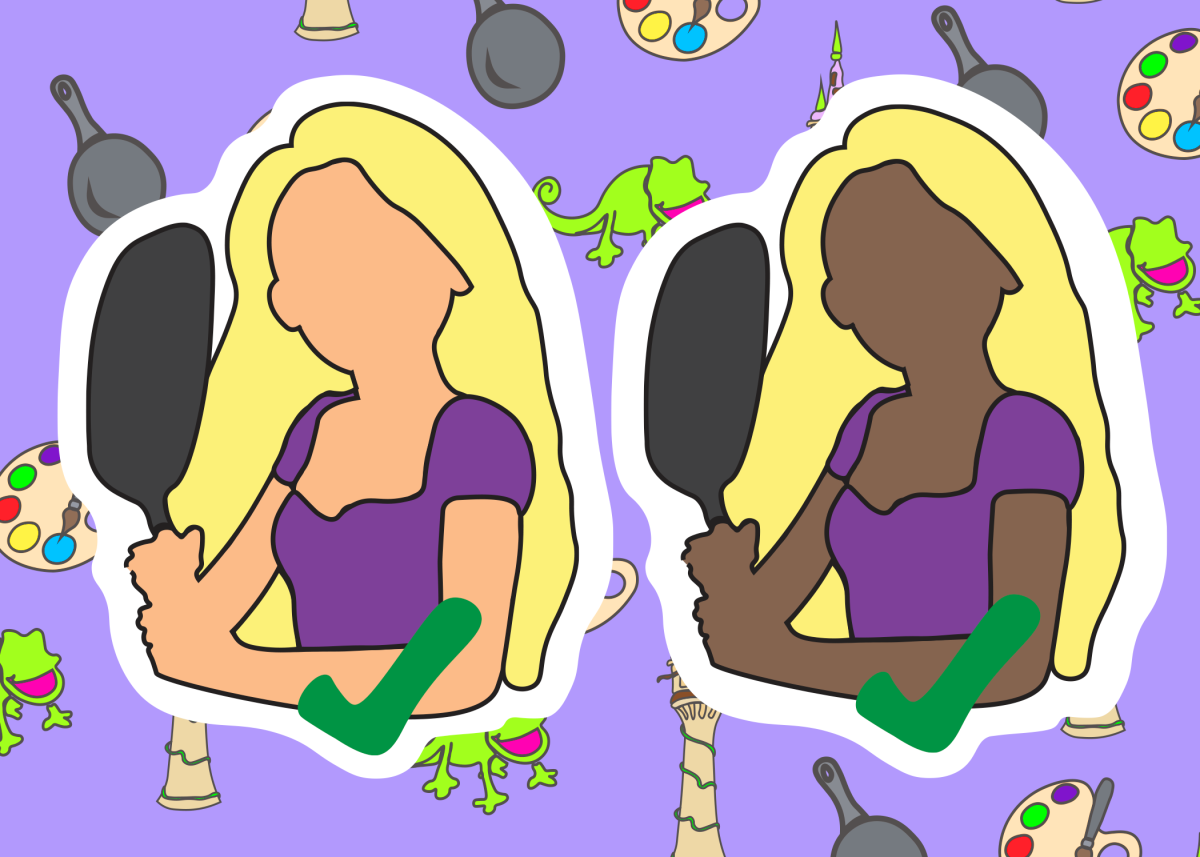




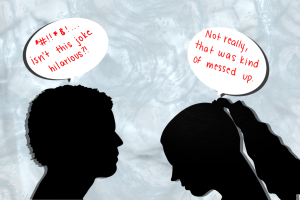
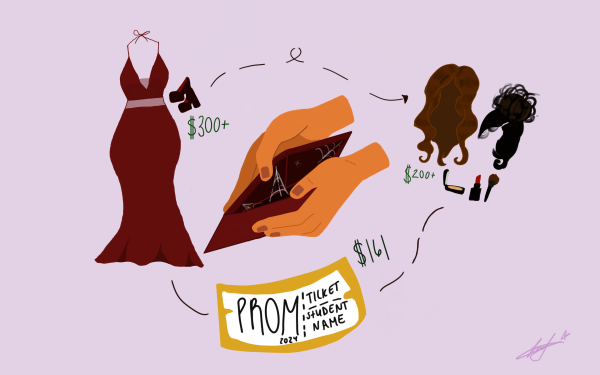
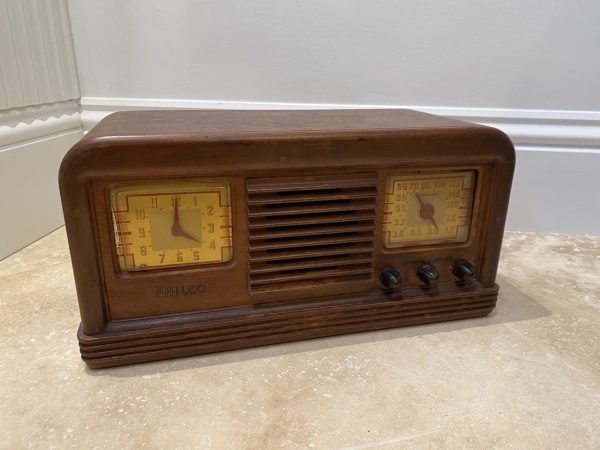


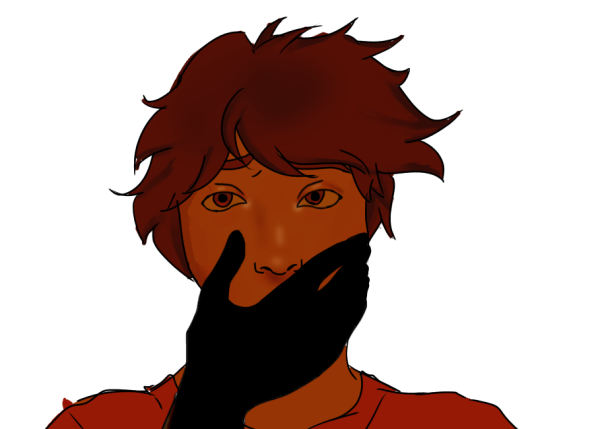
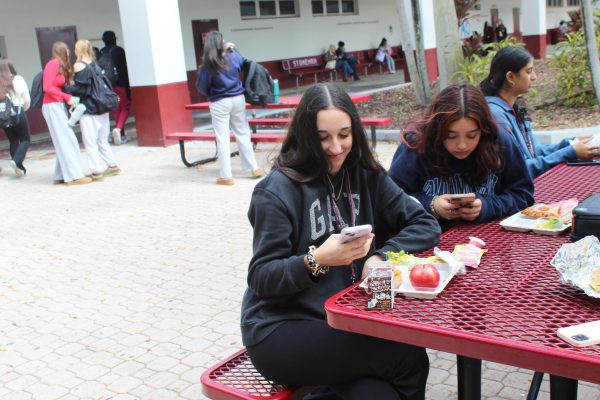


![(left to right) Seniors Stephanie Bilsky and Gracyn Haynes sport the DECA symbol, a triangle, at their first career fair, hosted on Dec. 6, 2023. The career fair had 12 business for students to explore and ask questions about. What we wanted to do is just take what weve learned [in DECA] and expand it to those students who arent enrolled in this class and dont have access and then just kind of take it to the community and allow students to discover their future as well, Haynes said.](https://eagleeye.news/wp-content/uploads/2024/01/9n9MEiC72JCfrptYKrZhoKhKscuboBiEju33GYeA-600x400.jpg)

jaylee • Apr 3, 2024 at 12:15 pm
I love this